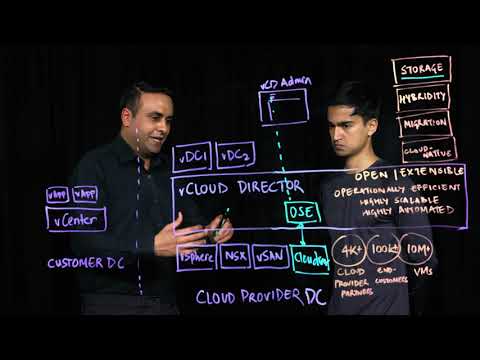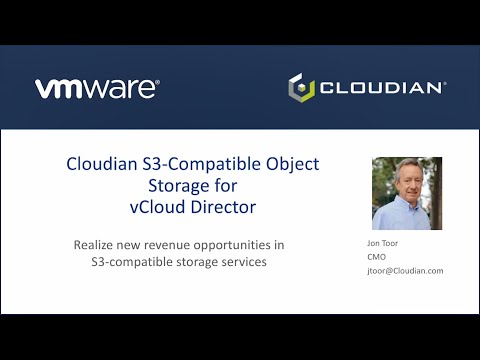Table of Contents
Recently, I got the chance to work on setting up Cloudian Object Storage for VMware Cloud Director and present some use cases of using object storage in conjunction with VCD. This blog series is aimed at jotting down all my learnings and mistakes that I encountered during setup.
In the first part of this series, let’s just understand what a VCD object storage extension solution is and how it works.
What is VCD Object Storage Extension?
VCD has evolved amazingly over the last couple of years, and many features, such as Container Service Extension, Data Protection (Veeam and Rubrik) integration, etc., were introduced.
The new addition to this portfolio was Object Storage which has become one of the key pillars of a modern cloud platform. Object Storage can now coexist with typical block storage or vSAN implementation with VCD. Tenants can use object storage to store cold data like vApp templates, media files, DB backups, etc.
Currently, VCD supports Cloudian and Dell EMC ECS as Object Storage Endpoints. Service Providers can leverage these products to create S3-compatible object storage services within VCD. Integration between Cloudian/ECS is facilitated via Object Storage Extension which is developed by VMware.
VCD Object Storage Extension (OSE) Architecture
VCD OSE enables tenants to use object storage as a native service with the VCD portal. The below image, taken from VMware documentation, shows a high-level architecture overview of how Object Storage is integrated with VCD.
Image Source: www.vmware.com
There is a 1:1 relationship between OSE and VCD instance. Also, OSE has a 1:1 relationship with the object storage (Cloudian or ECS) being used.
VCD OSE is shipped as an RPM package and needs to be installed on a supported Linux distribution. You can install a single node or a multi-node (for HA and load balancer). The OSE service stores all data in the Postgres database. If your VCD implementation is backed by Postgres DB, you can leverage the same database or have a dedicated database just for OSE.
OSE talks to VCD via API for user authentication and catalog related operations. OSE also talks to the underlying object storage provider. Various ports that are being used in overall communication are visible in the above diagram.
I will talk more about the deployment form factor in the upcoming posts of this series.
Object Storage Use Cases
Before wrapping up this post, let’s have a quick look at a few use cases that a CSP can leverage using object storage:
- Storage-as-a-service
- Backup-as-a-service
- Archive-as-a-service
- Container storage services.
Video Tutorials
I hope you enjoyed reading this post. Feel free to share this on social media if it is worth sharing 🙂



